Thanks again to 3pointD, there’s some interesting information on Peer to Peer developments and how they may relate to Aussie-driven SL competitor, Project Outback (formerly known as Outback Online).

We’re currently in process of finalising a Q&A with Yoick CEO Rand Leeb-du Toit to discuss his views on virtual worlds in general and Project Outback’s place within what is a fast-growing user space.
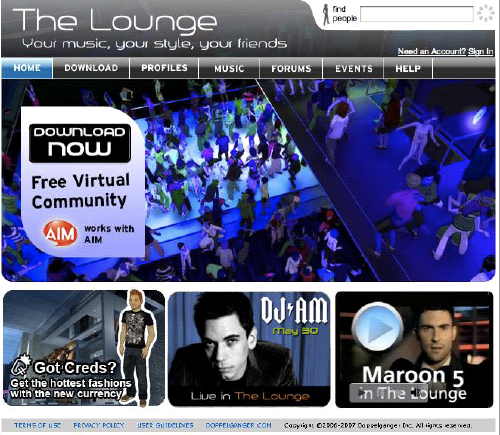
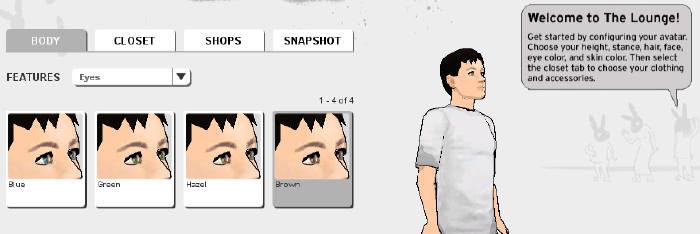
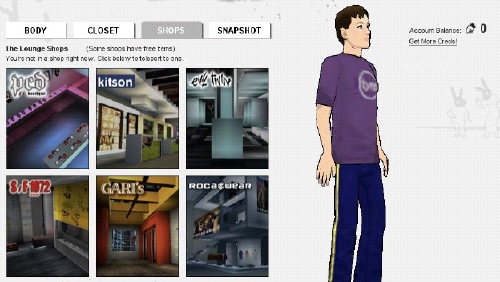
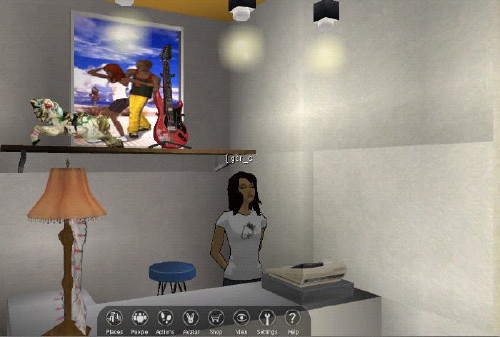

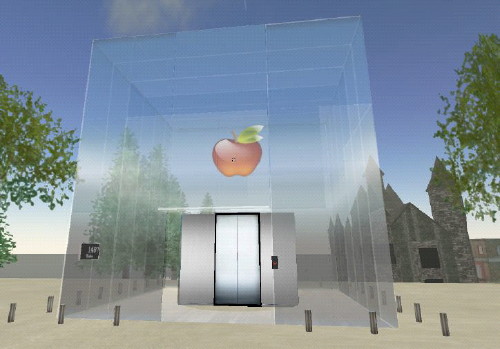

Recent Comments